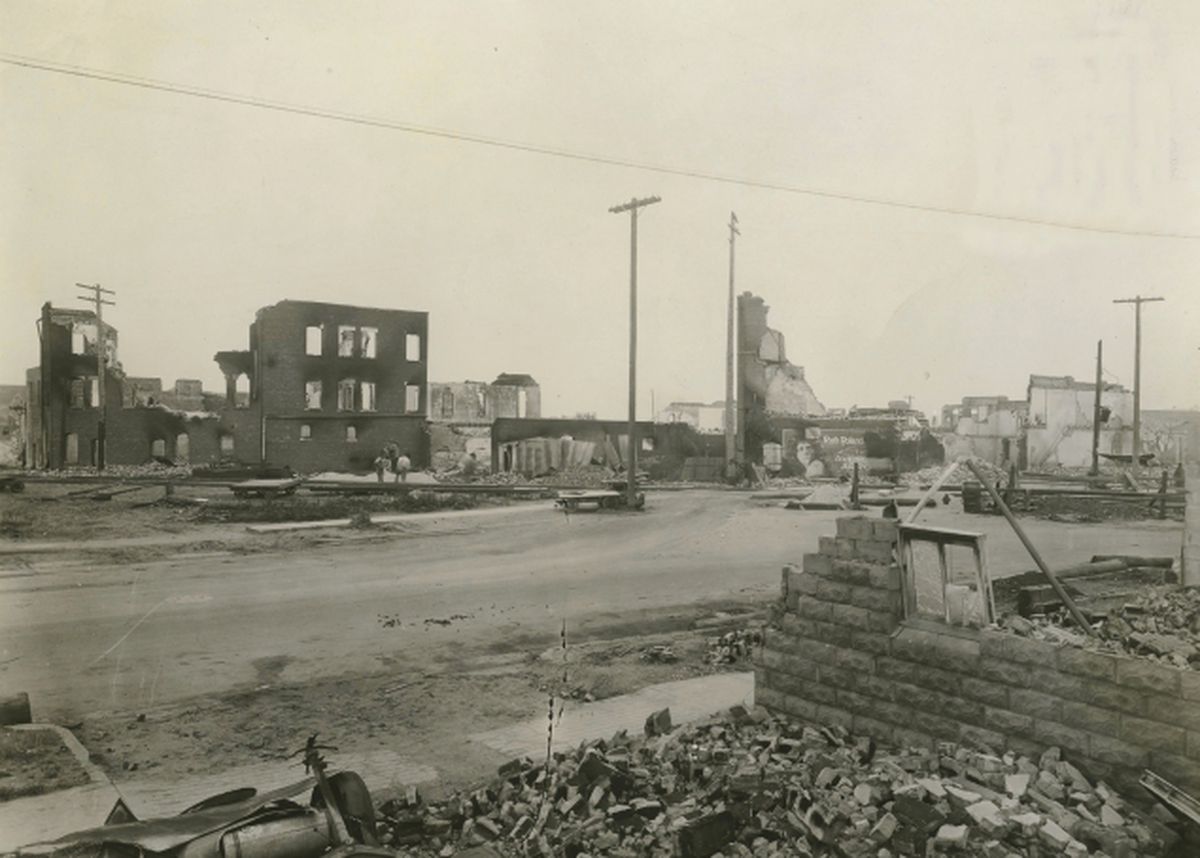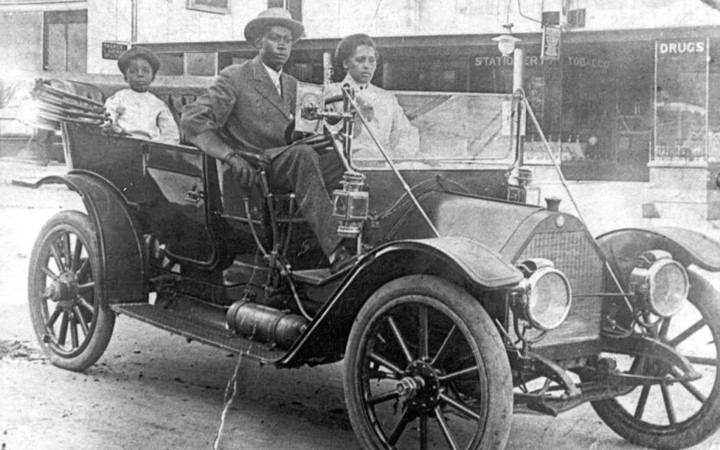
Today, it’s abundantly clear that in the 100 years that have passed since the #1921TulsaRaceMassacre, there has never been real investment in Tulsa's Black community. #ReparationsNow #JusticeForGreenwood
#ReparationsNow is an urgent matter. Until we obtain reparatory justice in the form of respect, repair and restitution, economic disparities will persist.
Help us fight back against the 100 years of continued harm and TAKE ACTION!👇🏿
Help us fight back against the 100 years of continued harm and TAKE ACTION!👇🏿
Sign the petition: act.colorofchange.org/sign/black-wal…
Donate directly to survivors and descendants of the 1921 Tulsa Race Massacre:
secure.actblue.com/donate/justice…
Donate directly to survivors and descendants of the 1921 Tulsa Race Massacre:
secure.actblue.com/donate/justice…
Justice For Greenwood Foundation partnered with the
The Institute for Race and Political Economy at The New School to discuss the destruction of Greenwood and its connection to the disparities we're dealing with today.
Visit our homepage to learn more:
justiceforgreenwood.org
The Institute for Race and Political Economy at The New School to discuss the destruction of Greenwood and its connection to the disparities we're dealing with today.
Visit our homepage to learn more:
justiceforgreenwood.org
• • •
Missing some Tweet in this thread? You can try to
force a refresh








